Hommaru Area
Hommaru Area
- Fumeimon Gate
- Main Tower Keep
- Former Ni-no-maru Second East Gate
- Kiyomasa Stone
- Sub Tower Keep
- Hommaru Palace
- Southwest corner watchtower
- Southeast Corner Watchtower
- Second Front Gate
- Kinshachi, Golden Tiger-Fish Roof Ornaments
Hommaru Palace (Destroyed by Fire・Reconstructed)
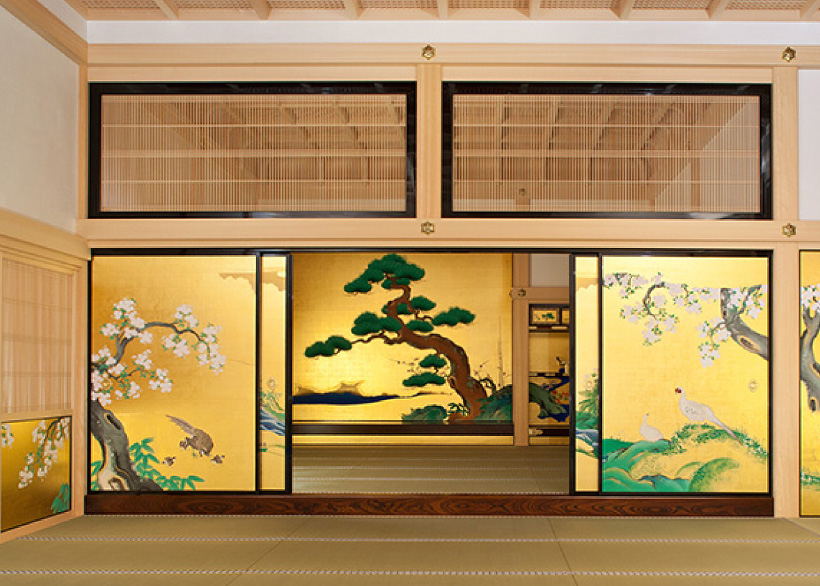
Completed in 1615, the Hommaru Palace served as the official residence and administrative offices of the Owari Tokugawa clan. Along with the tower keeps, the Hommaru Palace was among the first castle structures to be designated a National Treasure, however, it was destroyed in the wartime air raids of 1945. Using existing Edo period (1603-1868) architectural plans and other historical resources, the palace was authentically rebuilt in 2018, returning it to its former glory.
Seinan-sumi Yagura, Southwest Corner Watchtower
Important Cultural Property
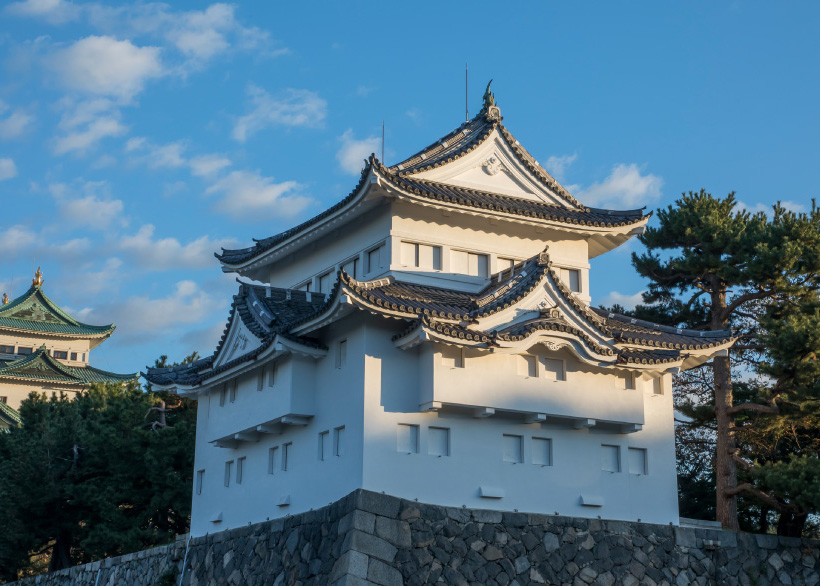
Built around 1612 and located on the Hommaru's south eastern corner, this watchtower appears to be two stories high from the outside, but in fact contains three floors. Above the stone walls are protruding sections, known as Ishi-otoshi, stone dropping chutes, thought to be for attacking the enemy. These watchtowers, called yagura, were staffed by guards and served as a lookout to protect the castle, as well as a weapons depository.
Tounan-sumi Yagura, Southeast Corner Watchtower
Important Cultural Property
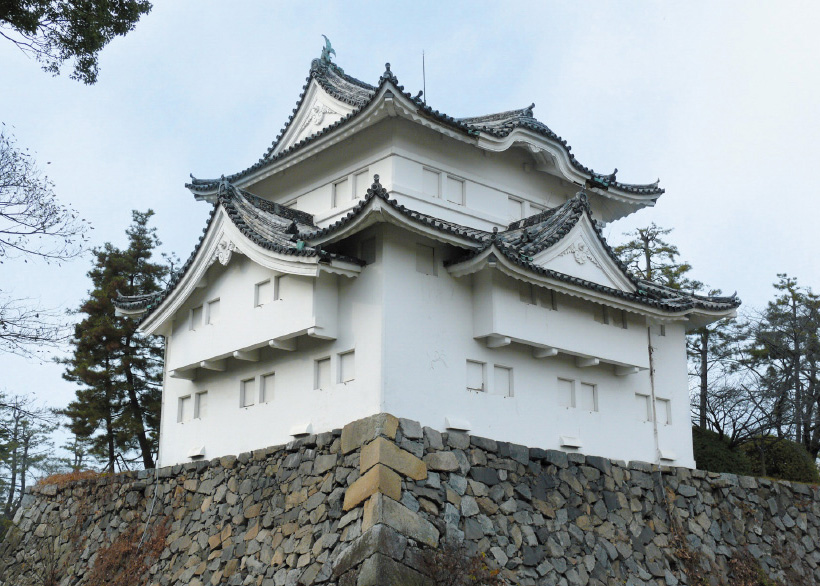
Built in 1612 on the south eastern corner of the main Hommaru central bailey. This watchtower appears to be two stories high from the outside, but contains three floors. The east side roof of the third-floor features more decorative devices.
Main Tower Keep
(Destroyed by Fire・Reconstructed) Currently closed
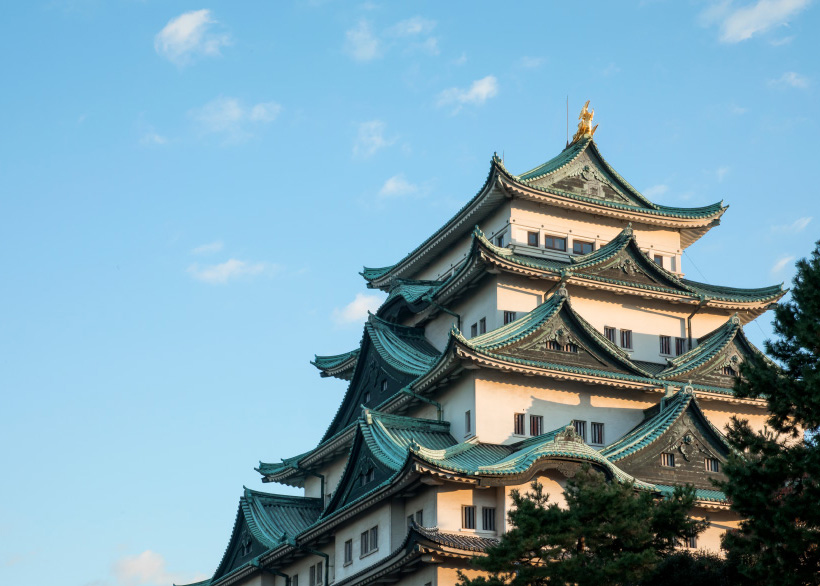
Completed in 1612, the main keep was destroyed in the 1945 air raids, but was rebuilt in steel reinforced concrete after the war. The main keep is currently closed due to age and earthquake resistance concerns.
Omote Ni-no-mon, Second Front Gate
(Destroyed by Fire・Reconstructed)
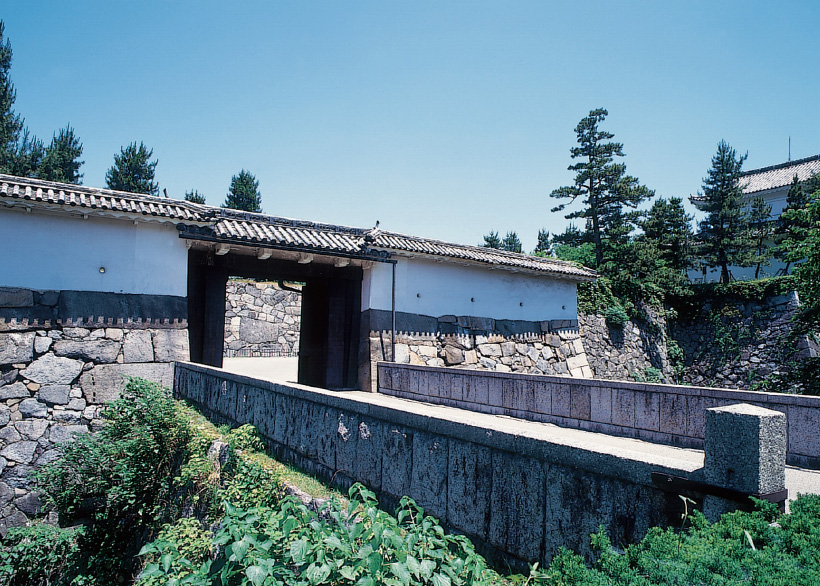
Completed around 1612, this gate on the south side of the Hommaru is constructed of iron clad, thick wood. The walls either side of the gate feature round gun ports for the firing of matchlock guns.
Former Ni-no-maru Higashi Ni-no-mon, Second East Gate
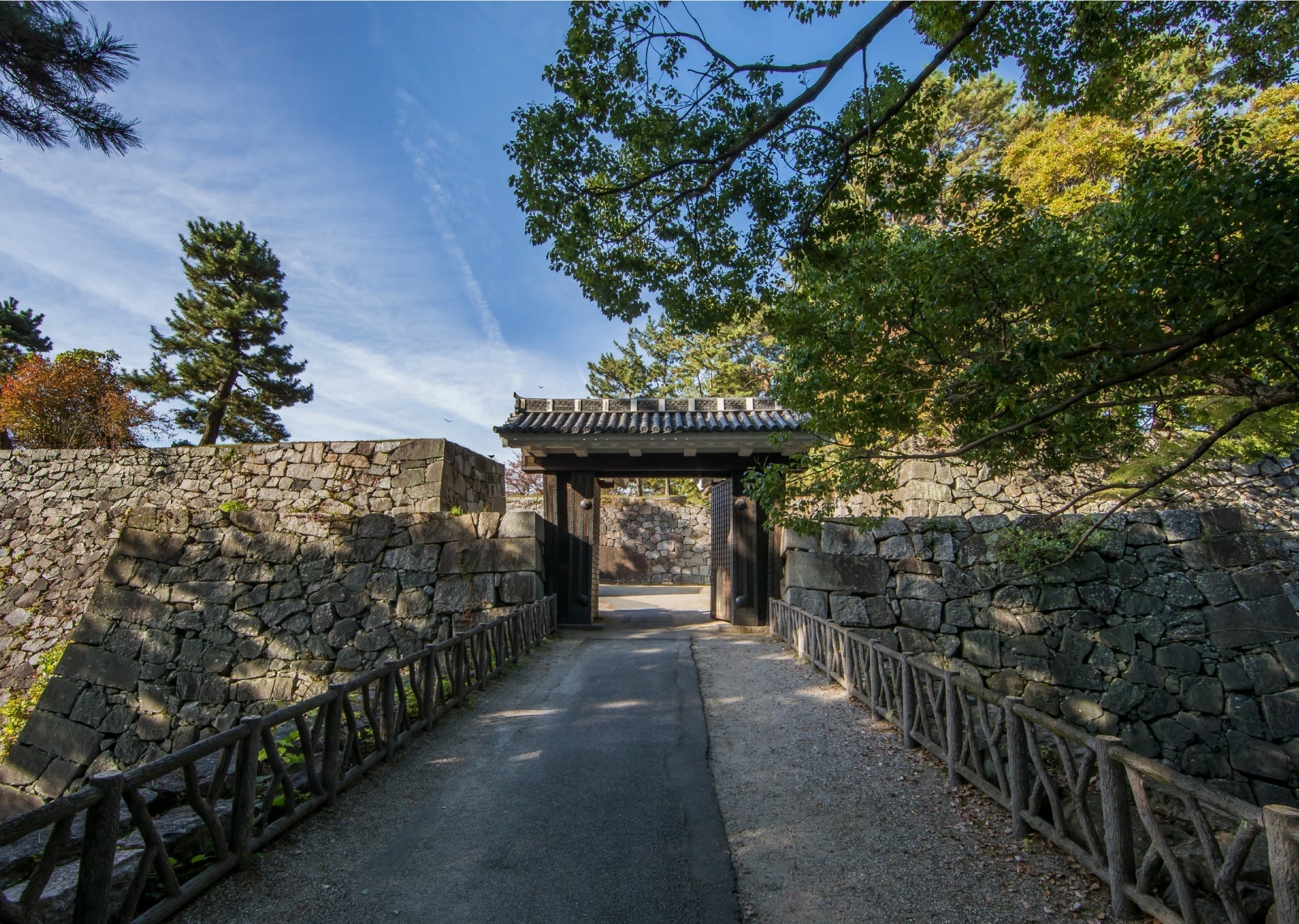
Constructed circa 1612, this gate was originally the Ni-no-maru Higashi Kurogane-mon (east steel-clad) gate, in 1972, it was transferred to the Hommaru second east gate position.
Stone Walls, Kiyomasa Stone
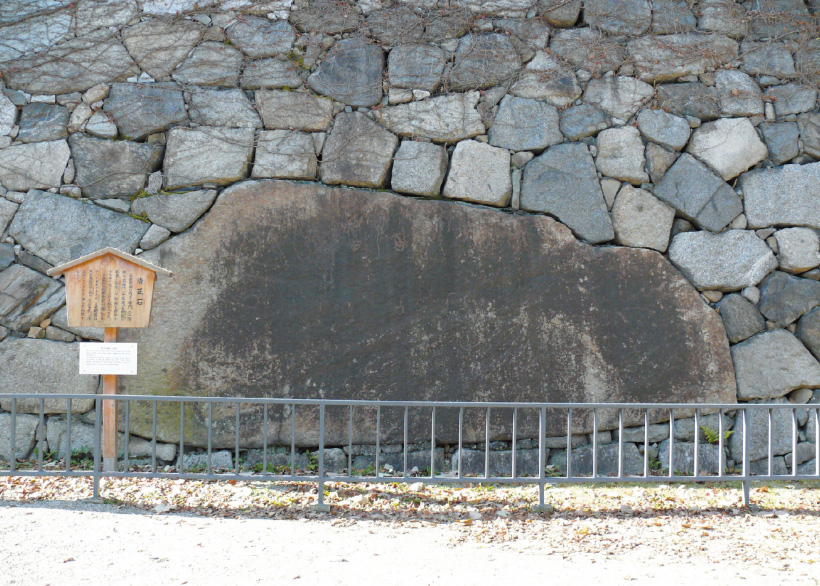
The stones used in the walls of Nagoya Castle are engraved with the various identification marks of the 20 daimyo who were ordered to construct the castle. The largest stone used at Nagoya Castle is known as the Kiyomasa Stone, and is named after the famed castle architect, Kato Kiyomasa, who, legend tells, brought the stone to Nagoya.
Kinshachi, Golden Tiger-Fish Roof Ornaments
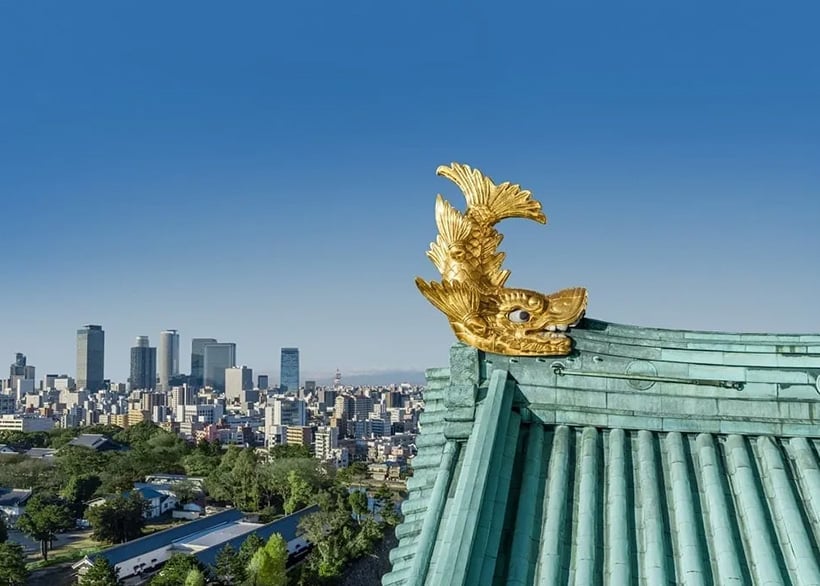
The Kinshachi, Golden Tiger-Fish Roof Ornaments atop the main tower keep were restored in 1959. The male device on the northern side is 2.621m tall and weighs 1,272kg. The female device on the south end is 2.579m high and weighs 1,215kg. The scales of both are covered in 18 karat gold.








